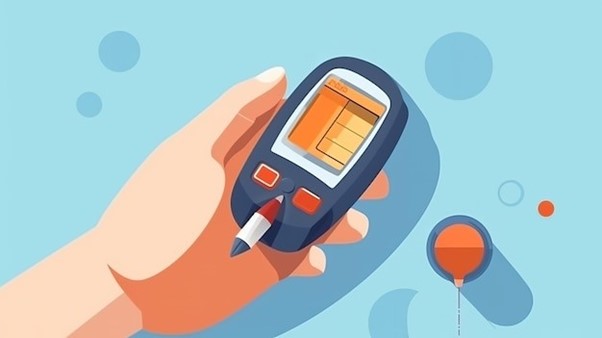Type 2 diabetes, a chronic metabolic condition, has become increasingly prevalent in recent years, affecting millions of people worldwide. The prevalence of diabetes surged from 108 million individuals in 1980 to a staggering 422 million in 2014. Type 2 diabetes, in particular, accounts for over 95% of all diabetes cases.
Understanding Type 2 Diabetes
Type 2 diabetes is a chronic medical condition characterized by elevated levels of glucose (sugar) in the bloodstream. This occurs when the body either cannot use insulin effectively or does not produce enough insulin. Insulin plays a crucial role in regulating blood sugar levels and facilitating the entry of glucose into cells for energy.
Delving into Causes and Risk Factors
The exact cause of type 2 diabetes is multifaceted, involving genetic, lifestyle, and environmental factors.
Key risk factors include:
- Genetics
- Obesity
- Physical Inactivity
- Dietary Choices (Diets high in sugars, processed foods, and unhealthy fats)
- Age (Risk rises with age, particularly after 45)
- Hypertension
- Gestational Diabetes (Having gestational diabetes during pregnancy raises the risk)
- Polycystic Ovary Syndrome (PCOS is linked to insulin resistance and type 2 diabetes)
Identifying Symptoms
Symptoms of type 2 diabetes often develop gradually and may include:
- Increased thirst and hunger
- Frequent urination
- Fatigue
- Blurred vision
- Slow-healing wounds
- Recurrent infections
Diagnosis
Diagnosing type 2 diabetes involves blood tests, primarily the A1C test, fasting blood sugar test, and oral glucose tolerance test.
A diagnosis is confirmed when fasting blood sugar levels exceed 126 milligrams per deciliter (mg/dL) or A1C levels are 6.5% or higher.
Strategies for Management and Treatment
Successfully managing type 2 diabetes is an ongoing commitment to maintaining blood sugar levels within a healthy range.
Treatment options encompass:
- Embrace healthy eating, regular physical activity, and weight management as the cornerstone of treatment.
- Oral medications help lower blood sugar levels through various mechanisms. If lifestyle changes and oral medications are insufficient, insulin may be prescribed.
- Regular blood sugar monitoring to track the progress.
- Manage blood pressure, cholesterol, quit smoking, and attend regular check-ups to mitigate complications.
Embracing Lifestyle Adjustments
Dietary Habits: Prioritize a balanced, low-sugar, high-fiber diet, focusing on portion control.
Physical Activity: Aim for at least 150 minutes of moderate aerobic activity per week.
Weight Management: Achieving and maintaining a healthy weight is pivotal for improving insulin sensitivity.
Stress Reduction: Incorporate stress-management techniques such as relaxation exercises, mindfulness, or engaging in hobbies.
Regular Check-ups: Consistently monitor blood sugar, blood pressure, and cholesterol levels to stay on top of your health.
Navigating Potential Complications
Uncontrolled type 2 diabetes can lead to severe complications, including heart disease, stroke, kidney problems, vision impairment, nerve damage, and lower limb amputations. Vigilant management and preventive measures are crucial for reducing these risks.
By adopting a holistic approach that encompasses lifestyle adjustments, medications, and regular monitoring, people with type 2 diabetes can lead fulfilling lives while effectively managing their condition.


